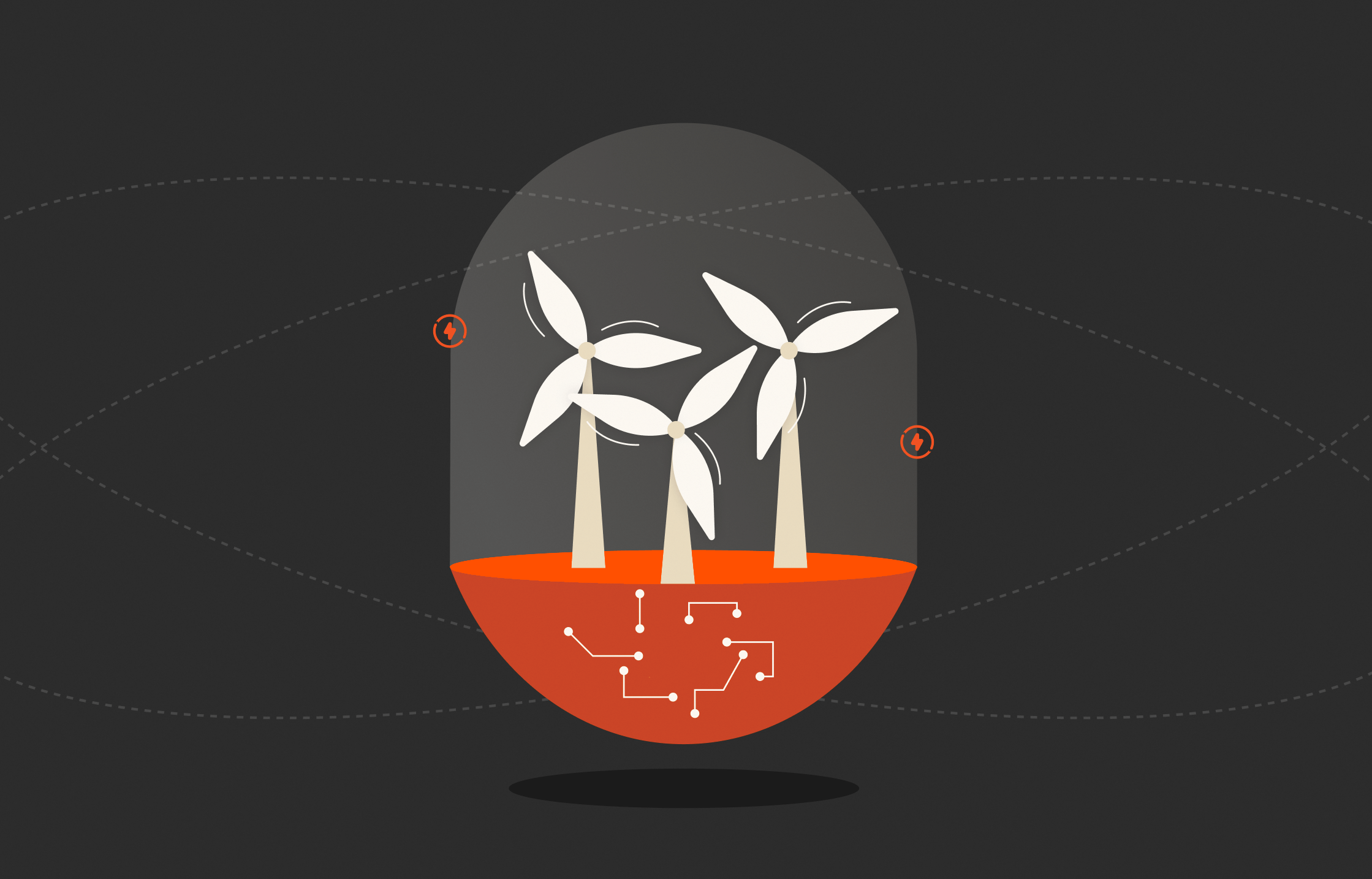This year’s spike in energy prices has delivered pain at the pump for consumers while upping inflationary pressures on industries and economies worldwide. And the ongoing disruption in the energy market is showing no end in sight—further complicating our rising climate change vulnerabilities that come with a reliance on fossil fuels.
All this uncertainty has hit at a critical time, as enterprises are facing explosive growth in data production. The rise of mobile technologies, cloud computing, machine learning, and IoT is largely contributing to the approximately 2.5 petabytes of data being created daily. And the volume of this data—much of it unstructured—continues to increase exponentially.
With so much data being generated, it must also be stored—rapidly accelerating data center growth. In fact, total global data storage is projected to exceed 200 zettabytes by 2025, with every person in the developed world having at least one interaction with a data center every 18 seconds of their lifetime. This is creating a costly business challenge, as well as a fundamental environmental issue.


The Rising Need for Energy Resilience
It’s no secret that data centers use massive amounts of power to function—requiring continual electricity to power and cool servers, storage, and backup technology. According to the International Energy Agency, 1% of all global electricity is currently used by data centers. With the recent spike in energy prices and a continuing global energy crisis, enterprises are tasked with addressing their data centers’ power utilization to contain costs and meet sustainability goals.
The High Cost of Legacy Storage Infrastructure
Much has been written on the shortcomings of legacy data storage solutions. When it comes to the vast, complex, and high-velocity nature of today’s unstructured data, legacy storage struggles to keep up. Outdated technology with inflexible and rigid architecture, slow performance, and high failure rates has become increasingly problematic for data-driven enterprises. Yet, the downside of inefficiency has taken center stage with energy resilience a critical concern.
Today’s data success now hinges on energy efficiency. Whether it’s an on-prem data center, “colo,” or hyperscaler, every data center must be optimized for power utilization, cooling costs, and space to avoid a costly, high-emission future. This means leveraging data storage technology that not only meets performance requirements but also delivers energy and emissions savings.
The Solution for Cost and Energy Savings
Efficiency has always been a core advantage of Pure Storage®. Our all-flash solutions optimize performance per watt with unmatched storage densities that deliver significantly greater efficiency. Just how efficient? Up to 80% compared to competitive all-flash systems and even more against magnetic disk.
Our proprietary DirectFlash® technology also makes it possible to run fewer units per rack, delivering systems that are up to 10 times as dense as the competition. This means Pure products take up less space, reducing power requirements even more.
Read this blog to dive deeper into the power, water, and space that data centers actually use. Spoiler alert: The numbers will probably shock you. And we’ll share more on how Pure can help you move forward with solutions that save money—and the planet.
Written By:
A Greener Future
Learn more about how Pure can help you save money and the planet.








